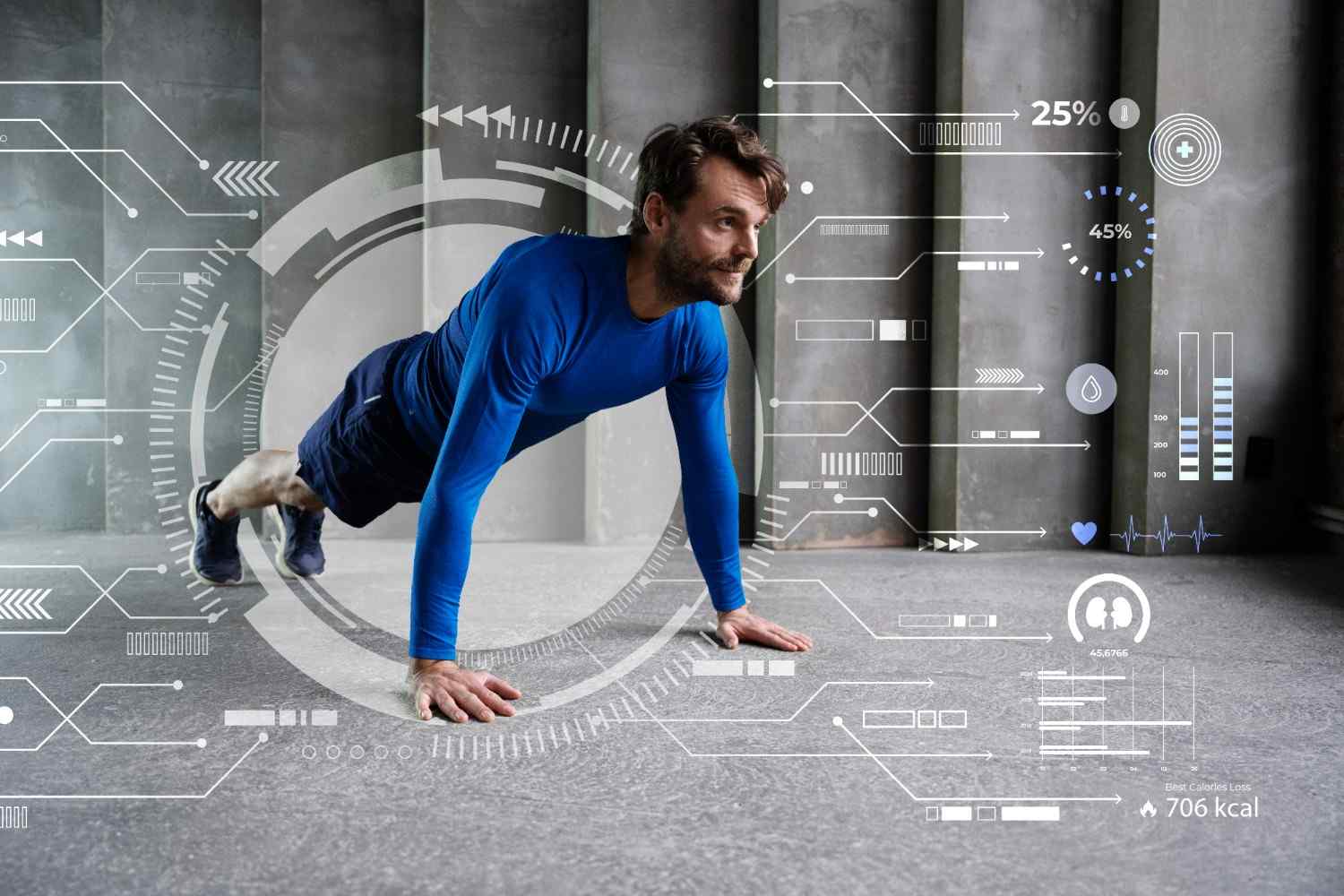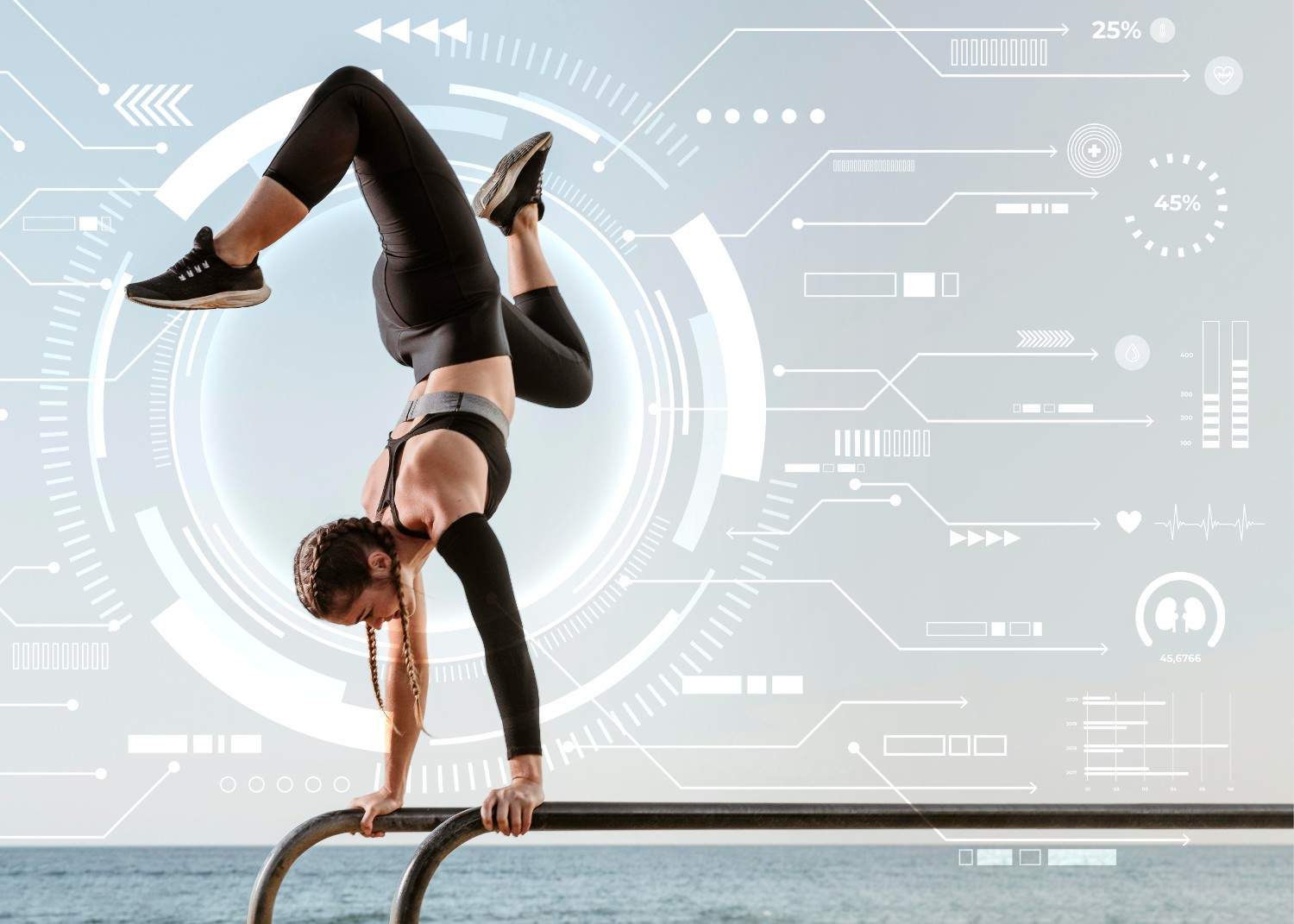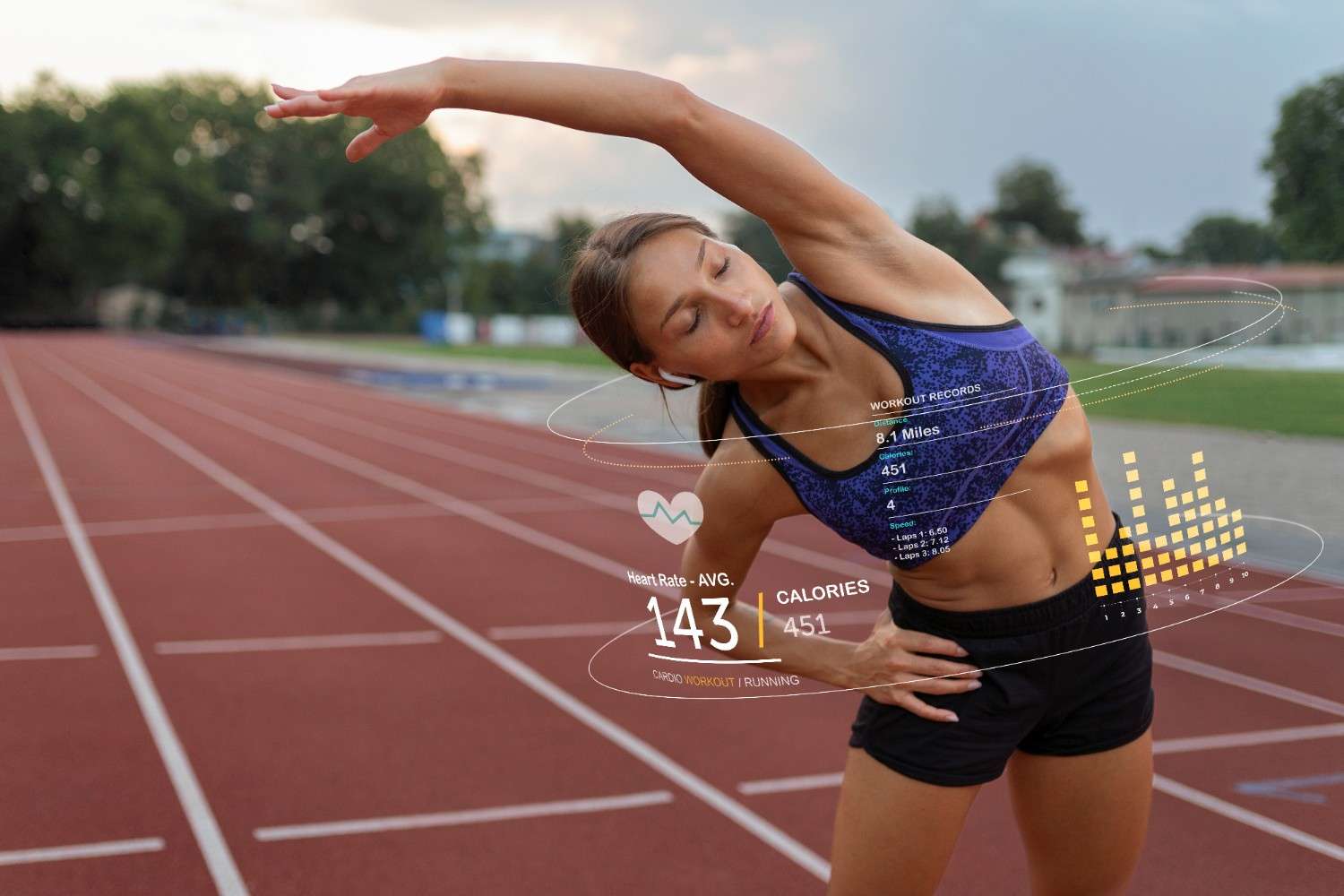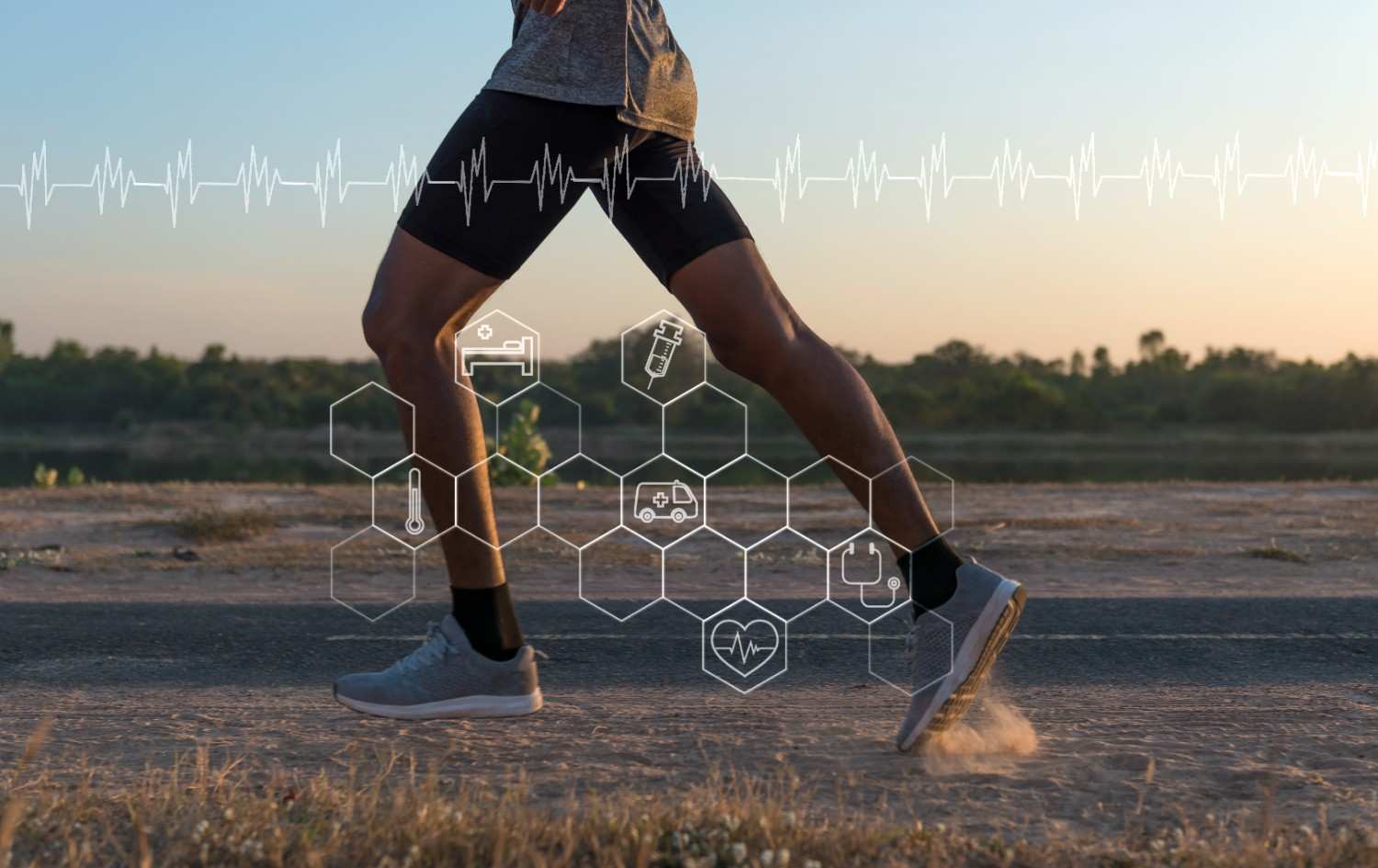I remember the first time I came across sports harmonicode during a late-night scroll through a sports science forum. At first, I thought it was just another trendy buzzword. But as I dug deeper, I realized it represented something much bigger—a cutting-edge approach that could reshape how athletes train, measure progress, and prevent injuries. If you’ve been hearing whispers about it and wondering what the hype is all about, you’re in the right place.
What Is Sports Harmonicode and Why Is It Creating Buzz?
Sports harmonicode refers to an emerging system that blends biomechanical sensors, real-time feedback, and machine learning algorithms to analyze athletic movement patterns. Think of it as a smart layer between athletes and their performance, capturing every micro-movement and converting it into actionable data.

Instead of relying solely on video replays or manual coaching notes, harmonicode tools can detect inefficiencies in form, imbalances between limbs, and even subtle signs of fatigue. This technology is starting to pop up in elite training facilities, esports arenas, and rehabilitation clinics—essentially anywhere precision and performance intersect.
Some wellness-focused platforms use the term to describe frequency-based recovery systems, which claim to use sound or vibration patterns to enhance coordination and recovery. While this application is still experimental, it’s often discussed alongside the core biomechanical model.
How Does Sports Harmonicode Actually Work?
The inner workings of sports harmonicode might sound complex, but here’s a simplified view:

Data Collection Through Sensors
Athletes wear lightweight inertial measurement units (IMUs) or use optical tracking cameras during training. These tools capture joint angles, acceleration, stride timing, and reaction times down to the millisecond.
Real-Time Pattern Recognition
All the data feeds into a machine learning model trained to recognize optimal movement signatures for each sport. It can instantly detect when your technique deviates from the ideal pattern.
Instant Feedback Loops
The system provides live feedback through visual HUDs, vibrations, or audio cues. This lets athletes make corrections in the moment instead of waiting for post-session analysis.
This continuous loop of capture → analyze → correct makes training much more efficient—and much more personalized.
What Are the Real Benefits of Sports Harmonicode?
When done right, sports harmonicode can transform the training experience. Here are some major benefits athletes and coaches are noticing:

Improves Technique Faster
By showing exactly where and when movements go off track, it shortens the feedback loop between mistake and correction. That means quicker skill acquisition.
Reduces Risk of Injury
Micro-pattern analysis can reveal imbalance or overload issues before they lead to injuries, letting athletes adjust their workload early.
Boosts Decision-Making Speed
In esports or high-speed sports, harmonicode can track reaction time improvements frame by frame, giving players a measurable edge.
Personalizes Training Plans
Because it tracks each athlete’s unique patterns, coaches can build customized drills instead of one-size-fits-all programs.
How to Get Started With Sports Harmonicode
You don’t need a million-dollar training center to dip your toes into harmonicode systems. Here’s how to start:

Step 1: Choose Your Setup Level
- Starter: Basic wearable sensors (around $200–$300) with companion apps.
- Pro: Multi-sensor kits and computer vision cameras for team use.
- Elite: Integrated lab setups with custom software and dedicated analysts.
Step 2: Establish Your Baseline
Record your current movement patterns over a few sessions to create your baseline performance signature. This is what future improvements will be measured against.
Step 3: Integrate It Into Your Routine
Use the feedback during normal practice sessions instead of creating separate training blocks. This keeps learning organic and less disruptive.
If you’re unsure where to begin, look for training centers or sports science labs that offer demo sessions or rentals. That way, you can try it before making a big investment.
FAQs About Sports Harmonicode
1. Is sports harmonicode suitable for beginners?
Yes, but with guidance. Beginners should start with simple drills and focus on understanding feedback rather than chasing perfect scores. It can be overwhelming without a coach to interpret the data.
2. Does sports harmonicode work for esports players?
Absolutely. Esports athletes use harmonicode to track hand-eye coordination, click timing, and decision latency. It’s becoming a valuable edge in competitive gaming environments.
3. How long does it take to see results?
Most athletes notice measurable improvements in 2 to 4 weeks if they practice consistently and apply the feedback. The key is regular use—not occasional sessions.
4. Is it safe to rely on sports harmonicode for injury prevention?
It’s a helpful tool, but not a replacement for professional medical oversight. Harmonicode can highlight risk patterns, but it should complement, not replace, physiotherapy or strength coaching.
My Final Take: Why Sports Harmonicode Could Redefine Training
The world of training has always evolved—chalkboards gave way to video analysis, and now video is giving way to real-time data feedback. After experimenting with sports harmonicode myself, I’ve seen how it can reveal invisible performance gaps and make training way more targeted. It’s not magic, and it’s not a shortcut, but it’s a powerful tool when used wisely.
If you decide to try it, start small, track your progress honestly, and blend it with the fundamentals you already trust. In the long run, it might just become as common as heart rate monitors or GPS trackers—and being an early adopter could give you the edge others are still dreaming about.
